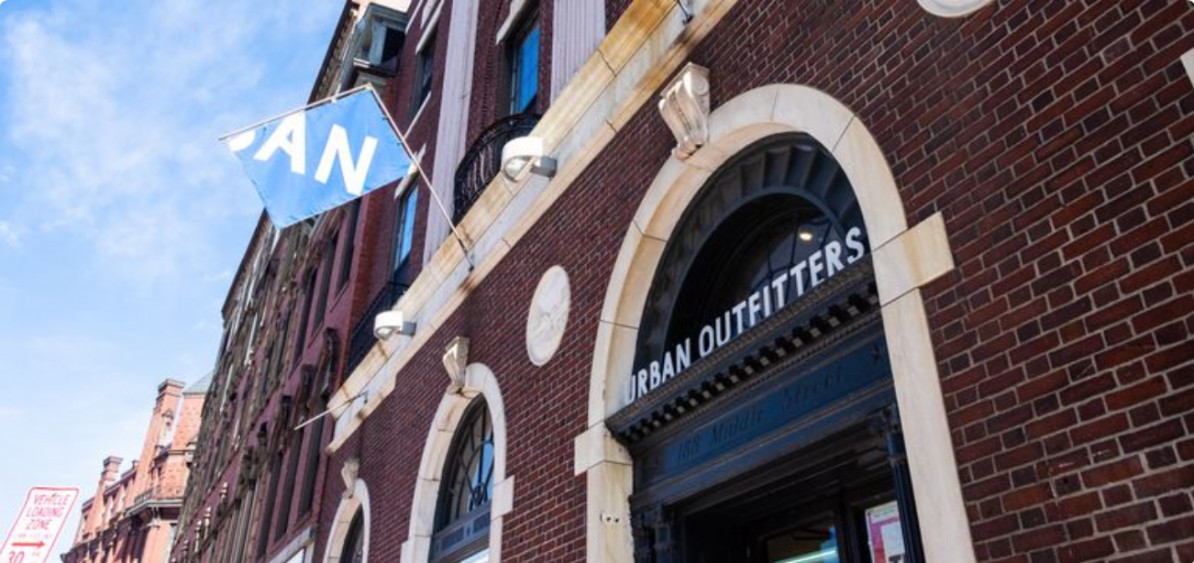Urban Outfitters trims low-profit SKUs to boost margins
Originally published on Retail Dive by Colin Campbell
Credit:Daphne Howland/Retail Dive
Dive Brief:
- Urban Outfitters trimmed SKUs among other moves in its three-year push to increase profitability and offset freight costs, CEO Richard Hayne said during a Q1 earnings call.
- “[SKU rationalizations are] put into place in order to get rid of some of the items that are very low quantities,” Hayne had explained to analysts in a previous call. Since low-quantity orders come at a higher cost and sell less reliably, they are also less profitable.
- The SKU cuts and other profitability-boosting efforts could begin to show results in Q4 “as some of those strategies really begin to take hold,” co-president and COO Frank Conforti said in the Q1 call.
Dive Insight:
Cancellations of low-selling items, particularly in the men’s category, was accompanied by larger — and earlier — orders of the products Urban Outfitters did offer in Q1. The company did not respond to a request by sister publication Supply Chain Dive for the percentage or number of SKU cuts.
“We’ve lowered some of the style counts and then raised the quantities that we’re ordering, which has driven some very nice increases in [initial markup value] in several cases,” Hayne said during the Q1 call.
Plenty of companies have slimmed their product lines, often prioritizing their most profitable or core products, amid supply chain disruptions in the past few years. It’s a pandemic-era playbook used by Hershey, Coca-Cola, Molendez, Bed Bath & Beyond, HanesBrands and more.
Lead times four to six weeks longer than before the pandemic led Urban Outfitters to shift from its previous lean supply chain strategy and pull forward orders of holiday and home products last year. The retailer is still relying on that strategy, as it expects heightened freight rates and other supply chain turbulence to continue through Q2.
“That’s what we believe is the right thing to do to protect sales,” Conforti said. “And we’re going to continue to do that.”
Urban Outfitters’ supply chain woes motivated “a complete review of our business practices with an eye to finding margin builders including logistics efficiencies,” Hayne said in Q4. The company set a 500 basis point initial markup improvement goal after high freight and landing costs tanked the metric by 300 basis points from FY2020 to FY2021.
In addition to SKU cuts, the three-year plan includes product distortion, fabric positioning, 3-D product design technology adoption, raising retail prices and relying more on ocean transportation than airfreight.
Reaching the initial markup goal will take time, Conforti said during the Q1 call.
“These strategies have a longer lead time [and] we’re going to need to see a more steady ground and more normalization in the supply chain inbound freight costs than where we’re at right now,” Conforti said.
